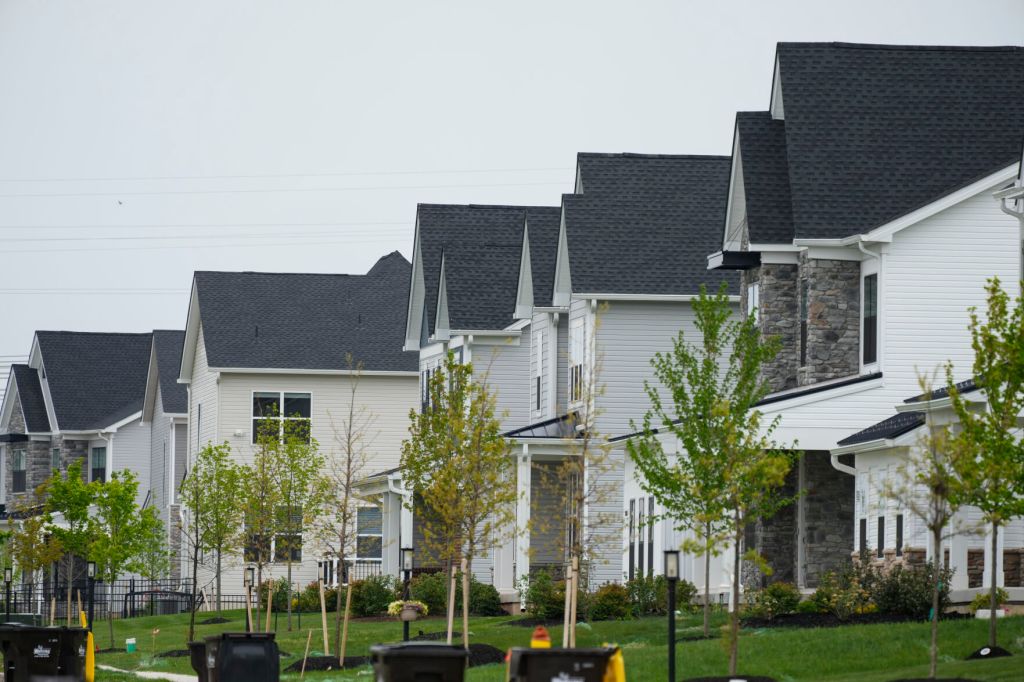Opinion: Governor’s goal requires workforce housing
Published 3:31 pm Thursday, May 11, 2023

- Workforce housing
In Tillamook County, the lack of workforce housing is a major stressor for Heather Zwald Taksdal. As a business owner, she struggles to recruit employees because there is simply no housing in the community.
“We cannot hire anyone who lives out of town unless they have an RV and can find a place to park it,” Zwald Taksdal reports. “The lack of workforce housing is a huge deterrent.”
Trending
Prospective employees don’t qualify for low-income housing, but they can’t afford a market rate home, either.
“There’s just nothing at this price point. These are people making $80,000 a year and they cannot afford housing in our community,” Zwald Taksdal says. “That’s insane.”
Small businesses and employers like Zwald Taksdal are not alone in this struggle. Oregon has hit a housing affordability wall and people are voting with their feet. The U.S. Census Bureau had troubling news for Oregon last December. The state’s population fell during 2020-2021—by more than 16,000 people—for the first time in almost four decades.
Either we get a handle on our undersupplied, overpriced housing, or we should expect more population losses and a stagnating economy.
Oregon’s governor understands our state’s housing deficit and has called for creating 36,000 units of housing a year, up from the current 20,000. That’s the right goal and we support it. But the state will never reach those goals unless we invest in a segment of housing that has never before received state support — housing serving families making 60-120% of median income.
We agree that affordable housing, which is targeted to families with incomes of $42,000 or less, is a moral imperative and we should continue funding it. But affordable housing is only possible with significant government subsidies. It takes approximately $500 million of subsidy to build 2,500 units of affordable housing.
Trending
Workforce housing, or middle-income housing, is the economic imperative and the need is critical. The state recently calculated a shortage of 140,000 housing units in Oregon. Thirty percent of that deficit is for families with incomes between $42,000 and $84,000 per year. These middle-income wage earners are the fabric of every community—our service workers, teachers and nurses.
Unfortunately, it is very difficult to make middle income housing pencil out for builders. As a result, it is vastly underproduced, creating strain on the continuum of housing needed in Oregon and limiting economic opportunity in many Oregon communities.
That shortage is apparent to Oregon employers. In a statewide employer survey conducted last March, 76% of respondents identified limited housing supply as a high or moderate barrier to hiring.
The good news is that the problem is well defined and generally recognized across the political spectrum. Also promising is the early work on housing solutions. We have joined with the Oregon iSector’s Housing Innovation Partnership — a collaboration of 35 public, private and civic organizations — to identify targeted funding strategies that can make these projects work.
The proposed solutions include House Bill 2980, which creates a revolving loan funding grants to local developments that will be paid back in 10 years by a fee based on the value of the improvements. A $300 million fund will initially fund 12,000 units, a substantial boost to housing supply. Better yet, this fund revolves and will continue to build homes that would not be possible without the modest subsidy the fund would provide.
House Bill 2981 creates an Oregon Land Fund for the predevelopment and acquisition of workforce housing sites, an Infrastructure Grant/Loan Fund for costly public street and utility improvements associated with new workforce housing developments, and a Construction Loan Guarantee Fund that would incentivize private capital to support these projects.
We call upon Gov. Kotek and legislative leaders to adopt new solutions that will enable Oregon communities—urban and rural alike—to build much-needed housing and ensure an abundant economic future for our state. Let the building begin, so Oregon can remain a special place that we can all call home.




